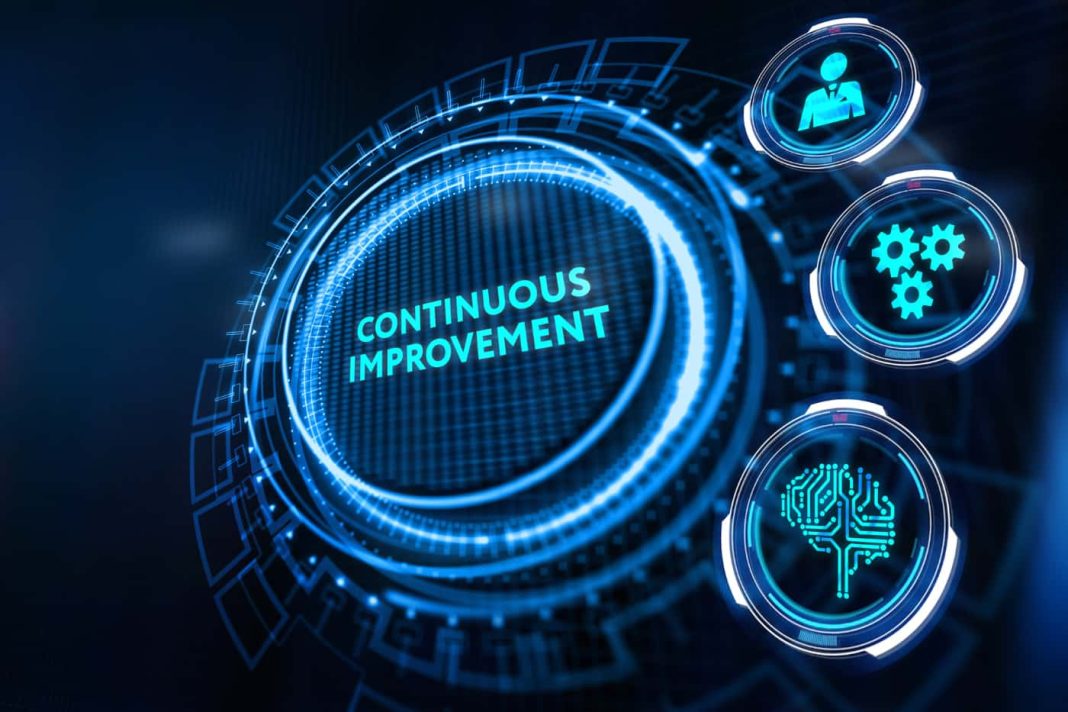 Collaboration between mining giants Rio Tinto Group and BHP, along with Caterpillar and Komatsu, is set to revolutionize the mining industry in Pilbara, Western Australia. The companies have announced their plans to conduct independent trials of battery-electric haul trucks, aiming to assess their performance and productivity. This collaboration brings together two leading global miners with two of the world’s biggest manufacturers of haul trucks to tackle the critical challenge of zero-emissions haulage.
Collaboration between mining giants Rio Tinto Group and BHP, along with Caterpillar and Komatsu, is set to revolutionize the mining industry in Pilbara, Western Australia. The companies have announced their plans to conduct independent trials of battery-electric haul trucks, aiming to assess their performance and productivity. This collaboration brings together two leading global miners with two of the world’s biggest manufacturers of haul trucks to tackle the critical challenge of zero-emissions haulage.
The trials will include testing of various products such as battery-electric haul trucks, as well as battery, static, and dynamic charging systems. Starting from the second half of 2024, two Cat 793 haul trucks will be tested, followed by two Komatsu 930 haul trucks in 2026, at mine sites in Pilbara. This initiative builds upon the successful demonstration of Caterpillar’s first battery-electric 793 large mining truck in November 2022, with the participation of BHP, Freeport-McMoRan, Newmont, Rio Tinto, and Teck Resources in its Early Learner program.
Rio Tinto Iron Ore Chief Executive Simon Trott emphasized the importance of collaborations like this in achieving their net-zero commitments. As the companies work towards repowering their Pilbara operations with renewable energy, solving the shared challenge of decarbonizing operations becomes crucial. These trials will provide valuable data, accelerate learning, and contribute to the overall effort of achieving a sustainable mining industry.
The mining industry has long been associated with significant carbon emissions. According to a report by McKinsey and Company, mining contributes between 1.9 and 5.1 gigatons of carbon dioxide equivalent of greenhouse gas emissions annually. The majority of these emissions originate from fugitive coal-based methane produced during coal mining operations. Therefore, transitioning to battery-electric haul trucks will not only reduce carbon emissions but also address the root cause of these emissions.
It is noteworthy that Rio Tinto previously operated coal mining operations but ceased its coal assets in 2018. This move aligns with their commitment to decarbonization and signifies their shift towards a more sustainable future. The collaboration with Caterpillar and Komatsu further strengthens their dedication to finding innovative solutions for zero-emissions haulage.
BHP Australia President Geraldine Slattery emphasized the need for breakthroughs in technology and partnerships to drive operational decarbonization in the mining industry. This collaboration with Rio Tinto, Caterpillar, and Komatsu will play a crucial role in achieving this goal. Replacing diesel as a fuel source requires not only new technology but also a comprehensive reevaluation of operational practices. Planning mines, operating haulage networks, and considering safety and operational considerations are all integral parts of this transition.
BHP has already taken steps towards integrating electric batteries into its operations to recharge its nickel business, according to a 2017 Reuters report. With the increasing demand for nickel due to the rise of electric vehicles, BHP is positioning itself to meet the needs of a carbon-conscious future. This forward-thinking approach aligns with their commitment to attaining net-zero targets by 2050.
In conclusion, the collaboration between Rio Tinto Group, BHP, Caterpillar, and Komatsu marks a significant milestone in the mining industry’s journey towards decarbonization. By testing and implementing battery-electric haul trucks, these companies are not only reducing carbon emissions but also driving innovation and creating a more sustainable operational ecosystem. The trials conducted in Pilbara will provide valuable data and insights that will shape the future of mining operations worldwide. Through partnerships and technological breakthroughs, the mining industry can pave the way towards a greener and more efficient future.


